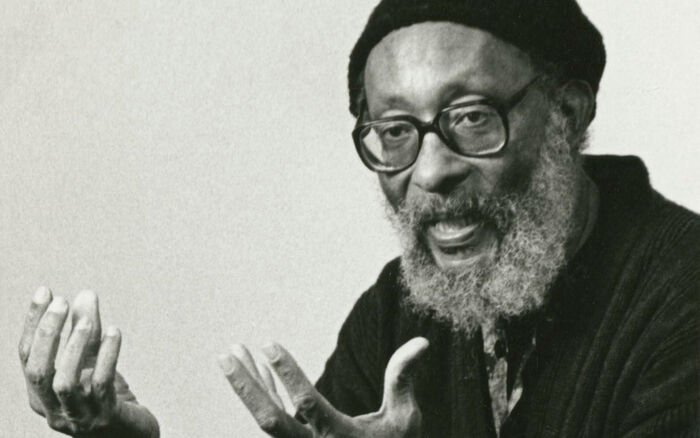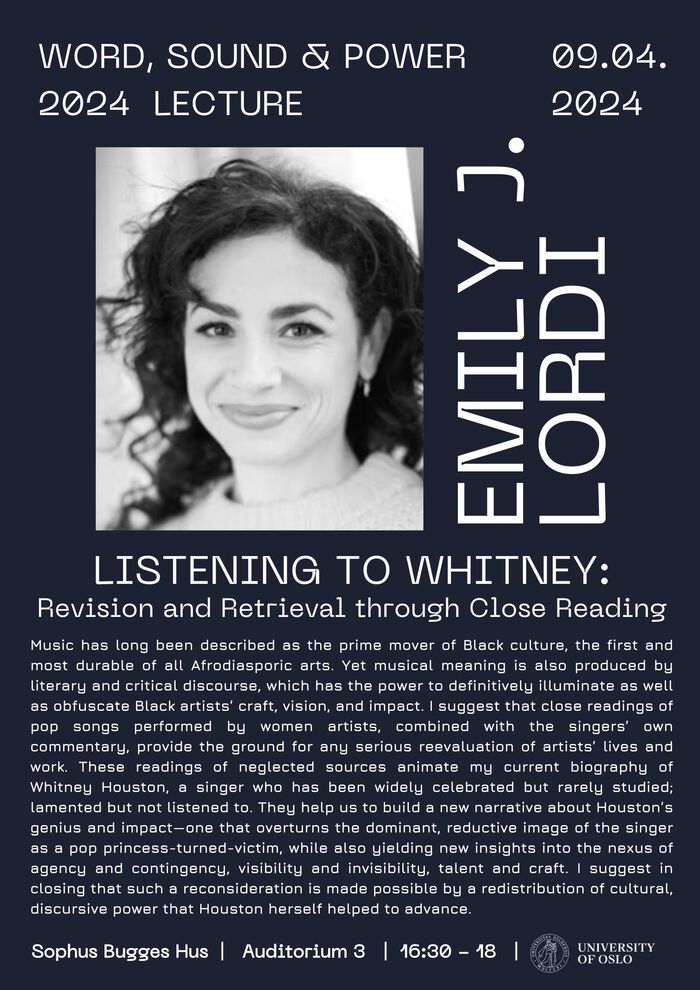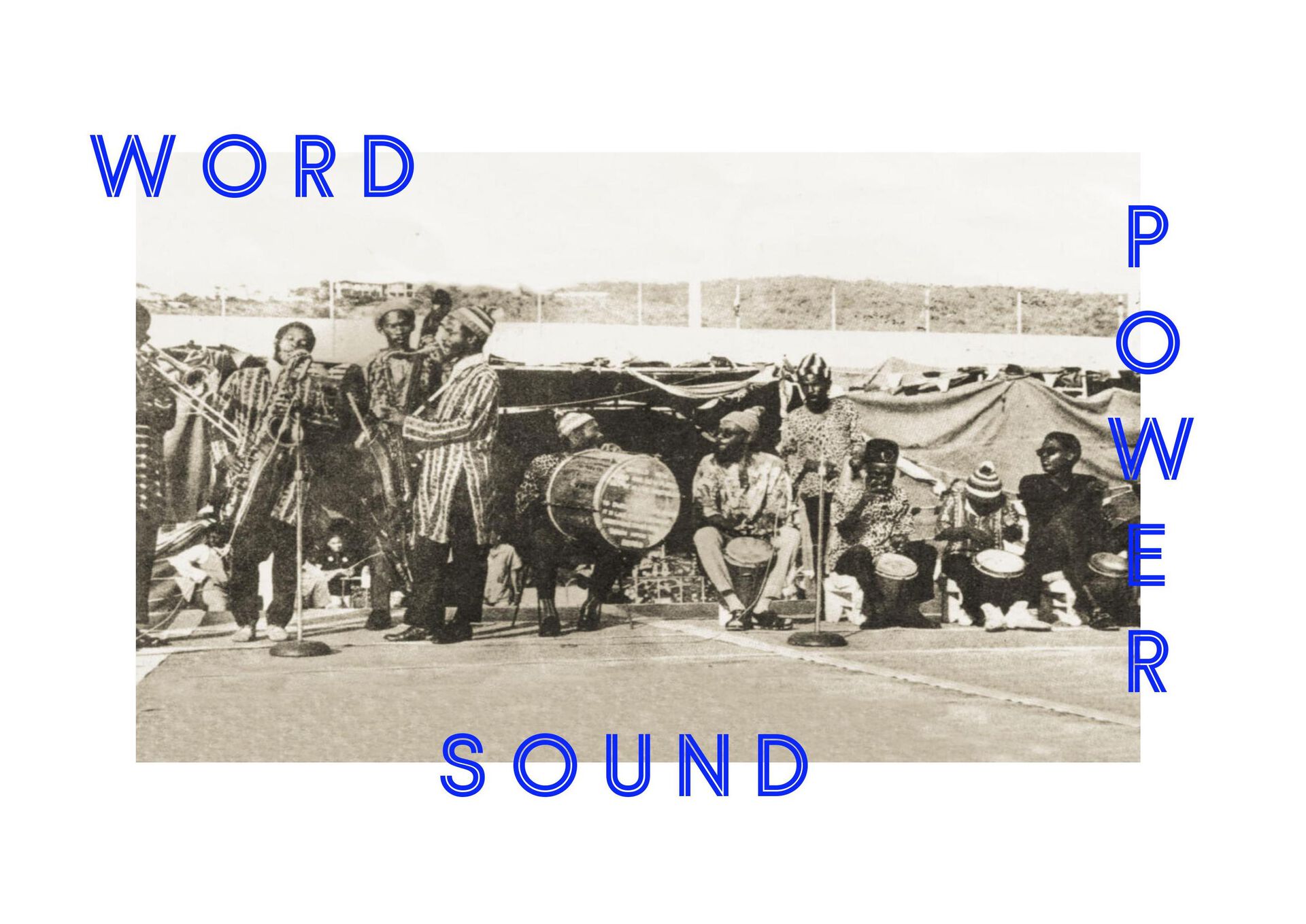The George Padmore Institute was founded in 1991 by poet, activist, and publisher John La Rose. It is located in 76 Stroud Green Road in Finsbury Park, London, where it sits above New Beacon Books, the first black book shop and publisher in the UK. I recently returned to the University of Oslo after having spent one month in London to look through their catalogues containing information about the Caribbean Artist Movement (CAM).
The Caribbean Artist Movement was a cultural initiative led by Caribbean poets, visual artists, filmmakers, actors, and musicians who lived in London (and some other parts of the UK) in the 1960s. The movement was started by the poets and activists Kamau Brathwaite, John La Rose and Andrew Salkey, and was active from 1966-72. With great advice and help from archivist Sara Garrod, I read and took photographs of the CAM Newsletters, Kamau Brathwaite’s correspondences about the organisation and management of CAM, transcripts of full interviews conducted by Anne Walmsley during her research for the book The Caribbean Artist Movement 1966-1972: A Literary and Cultural History (1992), CAM conference papers and transcripts from conference discussions.
It will take some time to organise and look through all the information I gathered while I spent time there, but I realised early in my visit that I had come across a treasure of an archive. I am frankly a little overwhelmed by the richness of the material and look forward to spending time in the coming weeks analysing, unpacking, and thinking through what I have read and seen over the last weeks. Although there has been a lot of interesting work on CAM, Anne Walmsley’s work being especially foundational, the archive still consists of much unknown material and many “deep cuts”, to borrow a term from music, that deserve more critical attention from literary scholars and other researchers in the Humanities. More evidence and examples will be needed before I can make any claims, but if I were to share some preliminary and work-in-progress observations it would be that interdisciplinarity and the close relation amongst literature, music and politics seemed to be a central characteristic of the movement from its beginning. The members of CAM also expressed very diverse ideological positions during their first meetings around 1966-67. They held very different views of the role of the artist in society and of the black artist’s responsibility to the black community in Britain and in the Caribbean (or their lack thereof). There was no consensus, and many emphasised that the movement should be as inclusive as possible.
There seems to me to occur a slight shift, however, to a more collective and vocal black radical consciousness after 1968, and perhaps especially after CAM held a special event in memory of Martin Luther King at the West Indian Students Centre in London that year. The front page of a booklet for a CAM-related event in 1969, also held at the West Indian Student Centre, reads “Unity: The Time is Now” and has a strong focus on black solidarity across the African Diaspora. In the introduction to the issue, American literary critic and black feminist scholar Hortense Spillers writes: “Among the things that future historians will note about this century are its terrible social contradictions, its unbelievable highs and lows. The children will not forget that Ian Smith and Enoch Powell belong to the same century of heart transplants and moonwalks. Perhaps the suggestion that 'men take care of business' on earth first is a sound one for now and later. Somebody said years ago that it will be a great pity if men take the dark side of themselves to the bright side of the moon. One of the dark ugly aspects of man’s life is the abuse of power, and the brunt of that abuse has been suffered by black men, for too long, around the world”.
One other initial observation I made is that conversations about Afrodiasporic poetry were entangled with discussions about “contemporary” British and Commonwealth poetry in general. In Kamau Braithwaite’s correspondences with publishing houses such as Faber and Faber and Andre Deutsch he does not make a particularly strong distinction between Afro-Caribbean and Afrodiasporic writing and postwar-British writers of other races and ethnicities, or between black radical thought and European modernism or existentialism. Although we must have in mind that the aim of many of these correspondences with publishing houses was to recruit subscribers and garner interest in publishing Caribbean authors. We do not know to what degree this was a strategy at the time. I was particularly struck by the fact that Gordon Rohlehr, who wrote the musical-literary critical work “Sparrow and the Language of Calypso” (CAM-Newsletter April/May 1967), wrote his doctoral dissertation about Joseph Conrad at the University of Birmingham during the same period. In his personal correspondences with Brathwaite, he wrote at great length about the importance of Conrad to understanding West Indian society and literature. One could get the impression that Calypso and Conrad were, perhaps counterintuitively, then seen as a part of the same conversation about which direction literature in English should take after decolonization and into the future.
Brathwaite and other members of CAM seem to ask themselves and their contemporaries in the late 1960s some overarching questions via various angles and perspectives that included engaging both with the Western literary canon and with Caribbean and Afrodiasporic popular music. Like, for example: What forms of literature and lyric speak best to the human condition after the fall of Empire and to an imagined future after slavery and plantation society? Although these are preliminary observations that will require much more research, my time in the archive has strengthened my hypothesis that to understand the historical and cultural processes that have led to contemporary and expanded definitions of the “literary” and of “text” beyond the more narrow definitions of the New Critics, we have to look at how Afrodiasporic authors questioned and challenged institutional distinctions between literature, music and politics, and theorised the ways different aesthetic forms are tied to different visions of the future.




